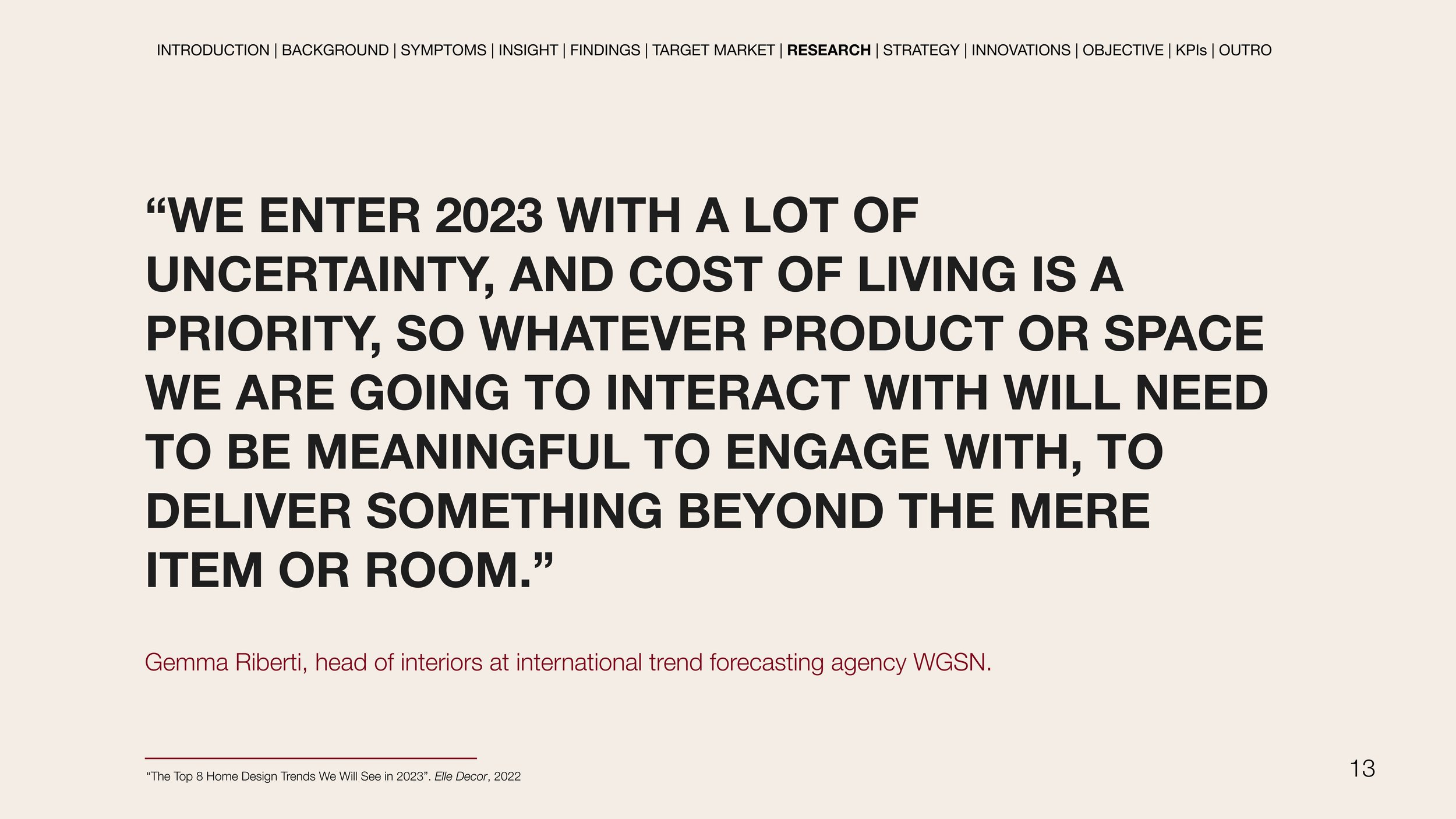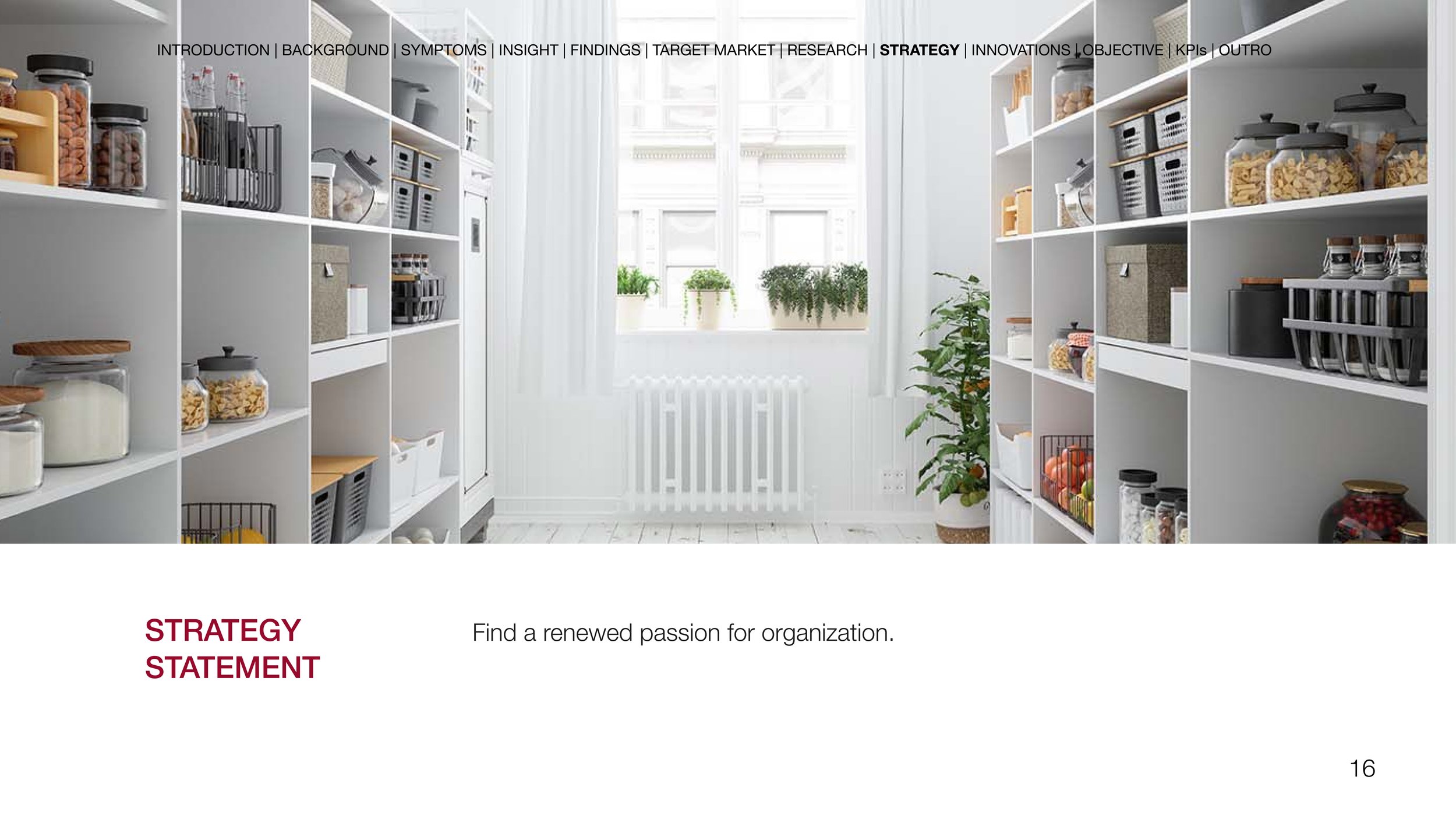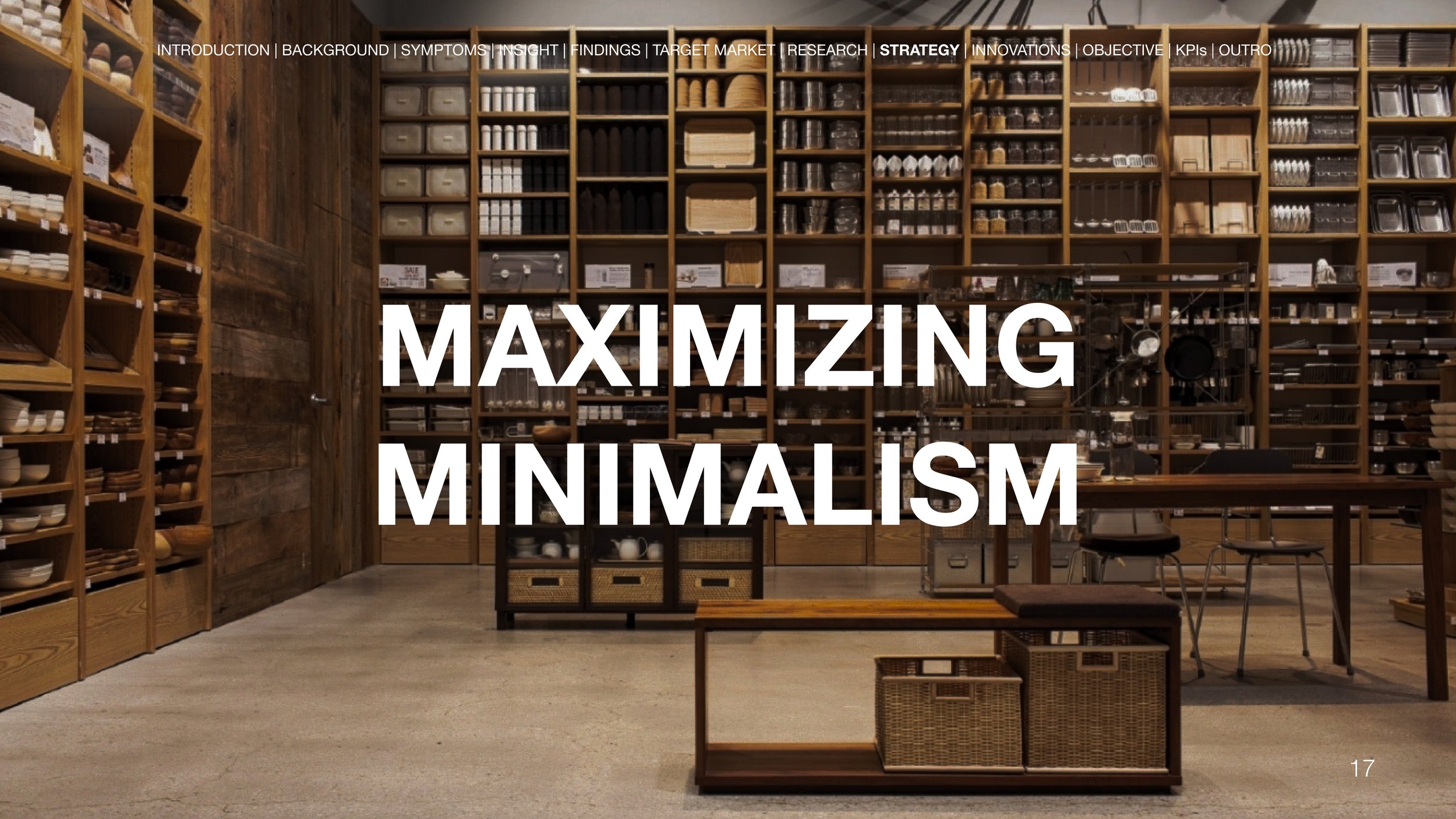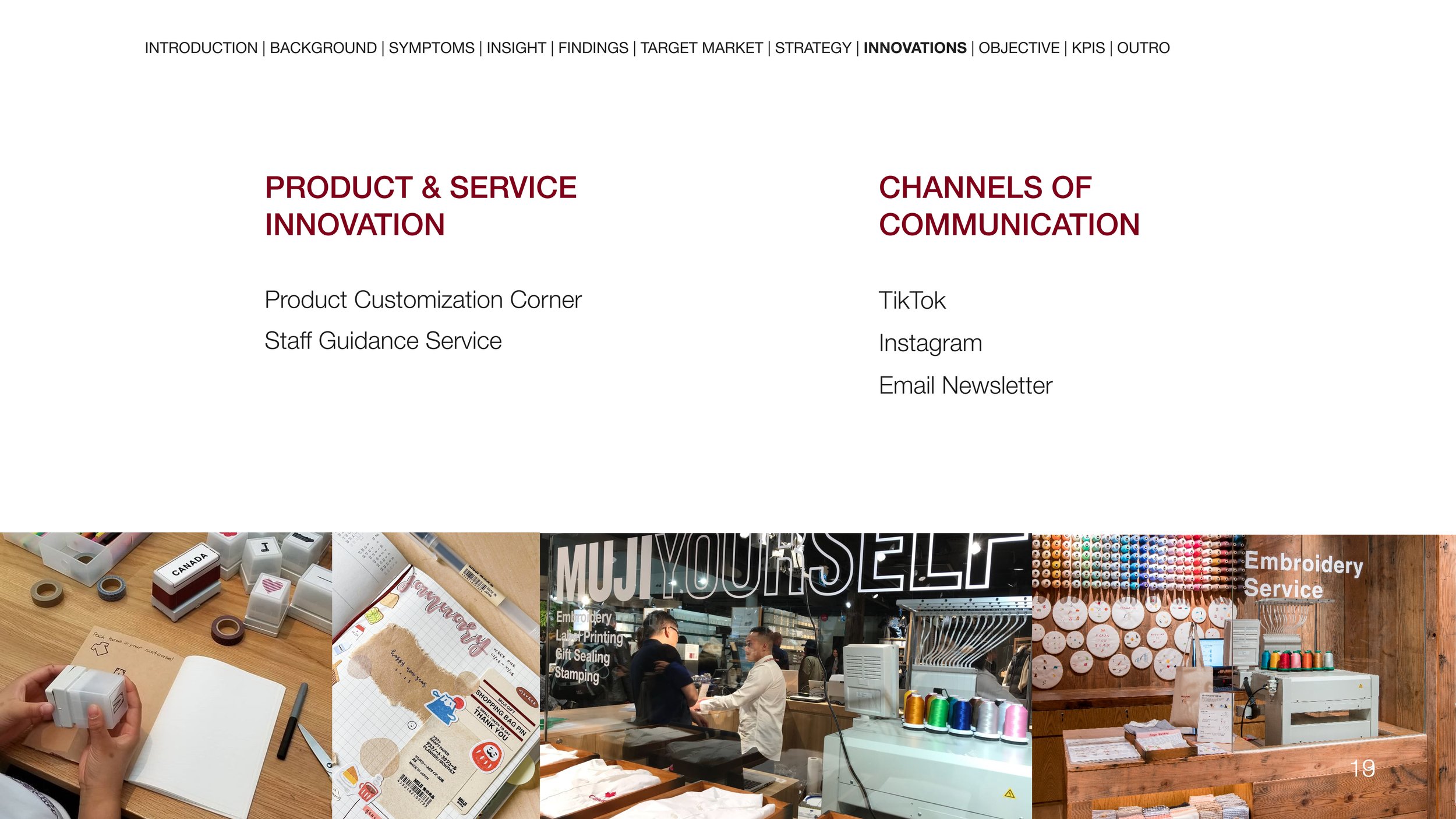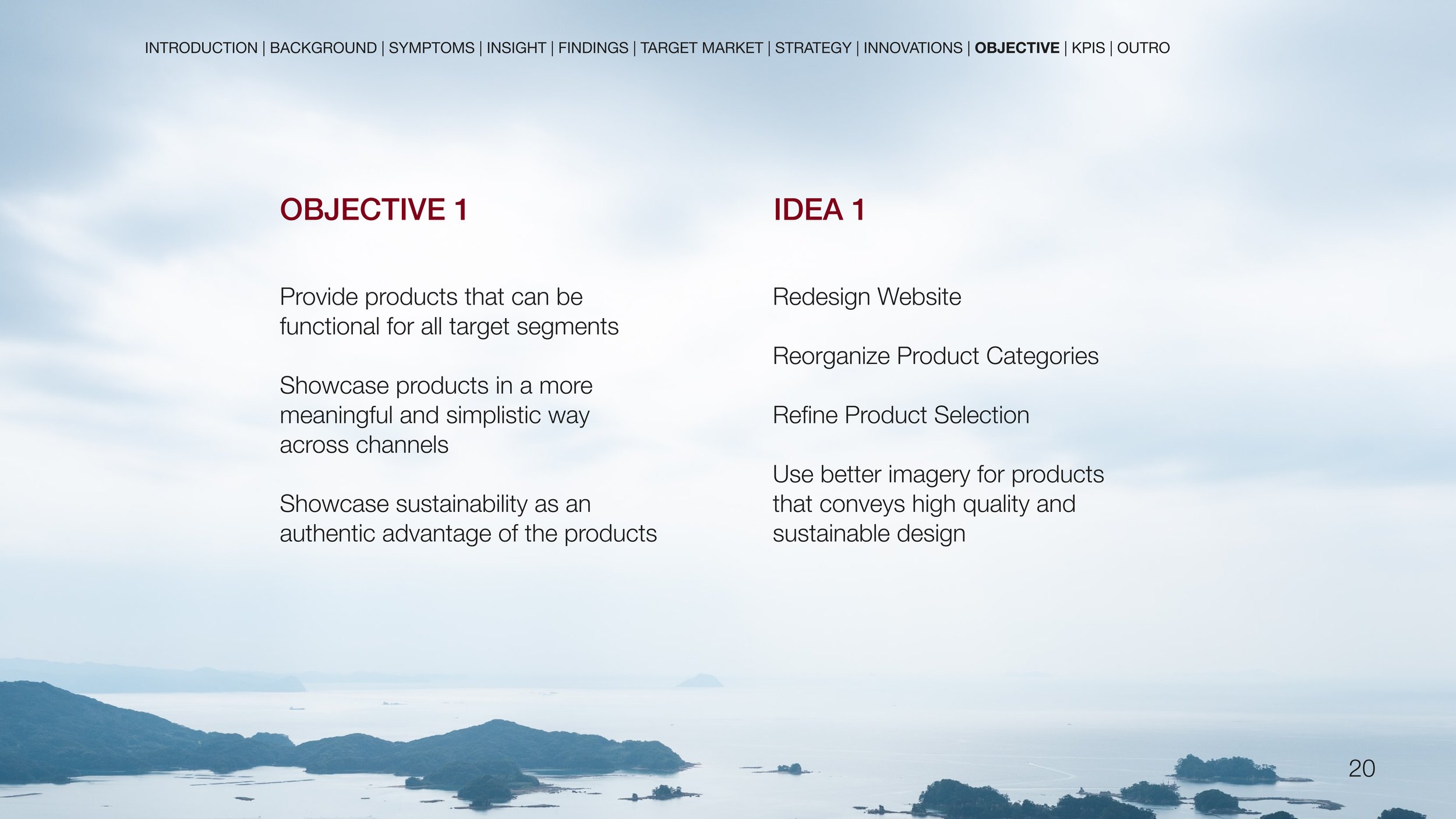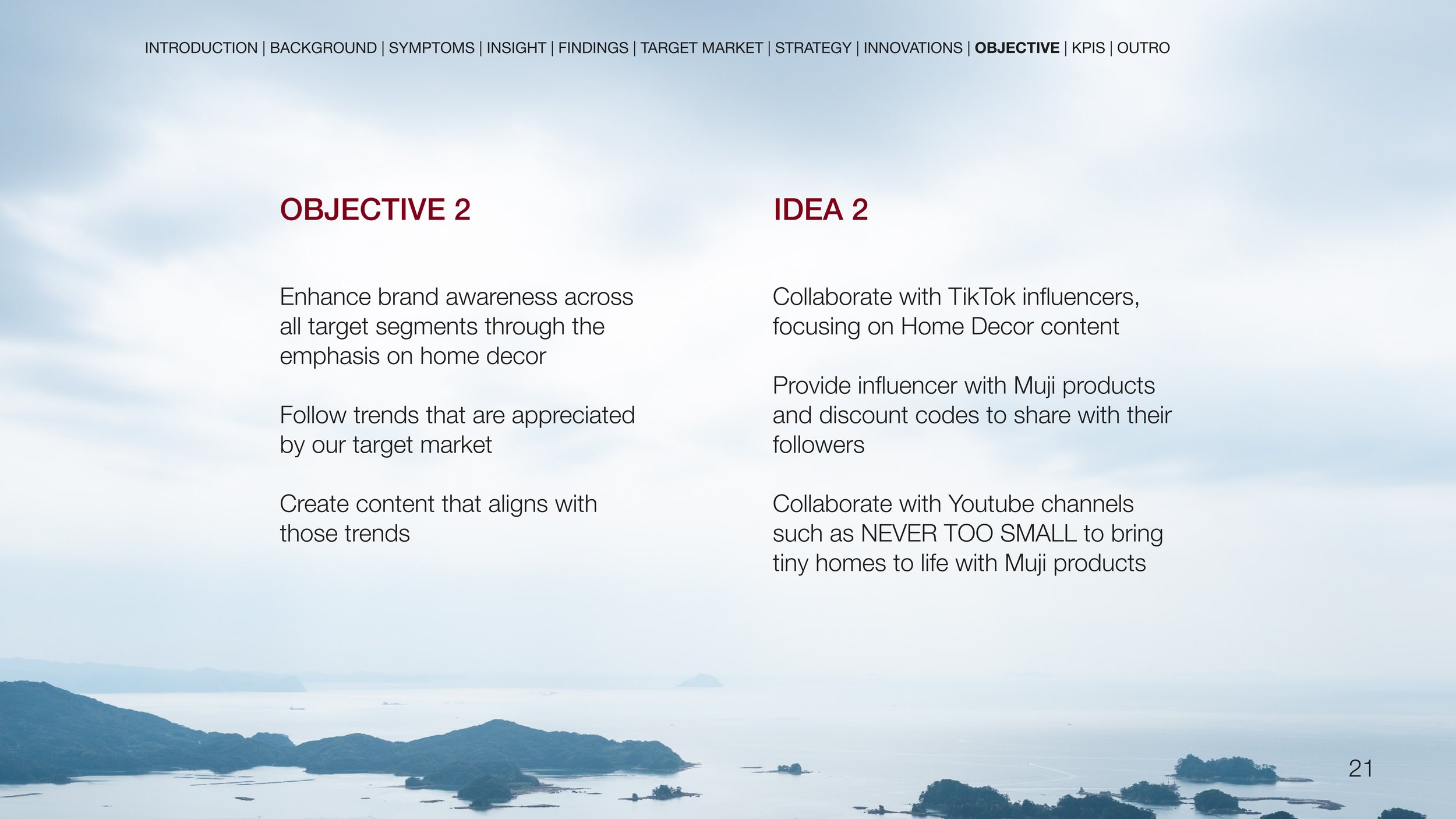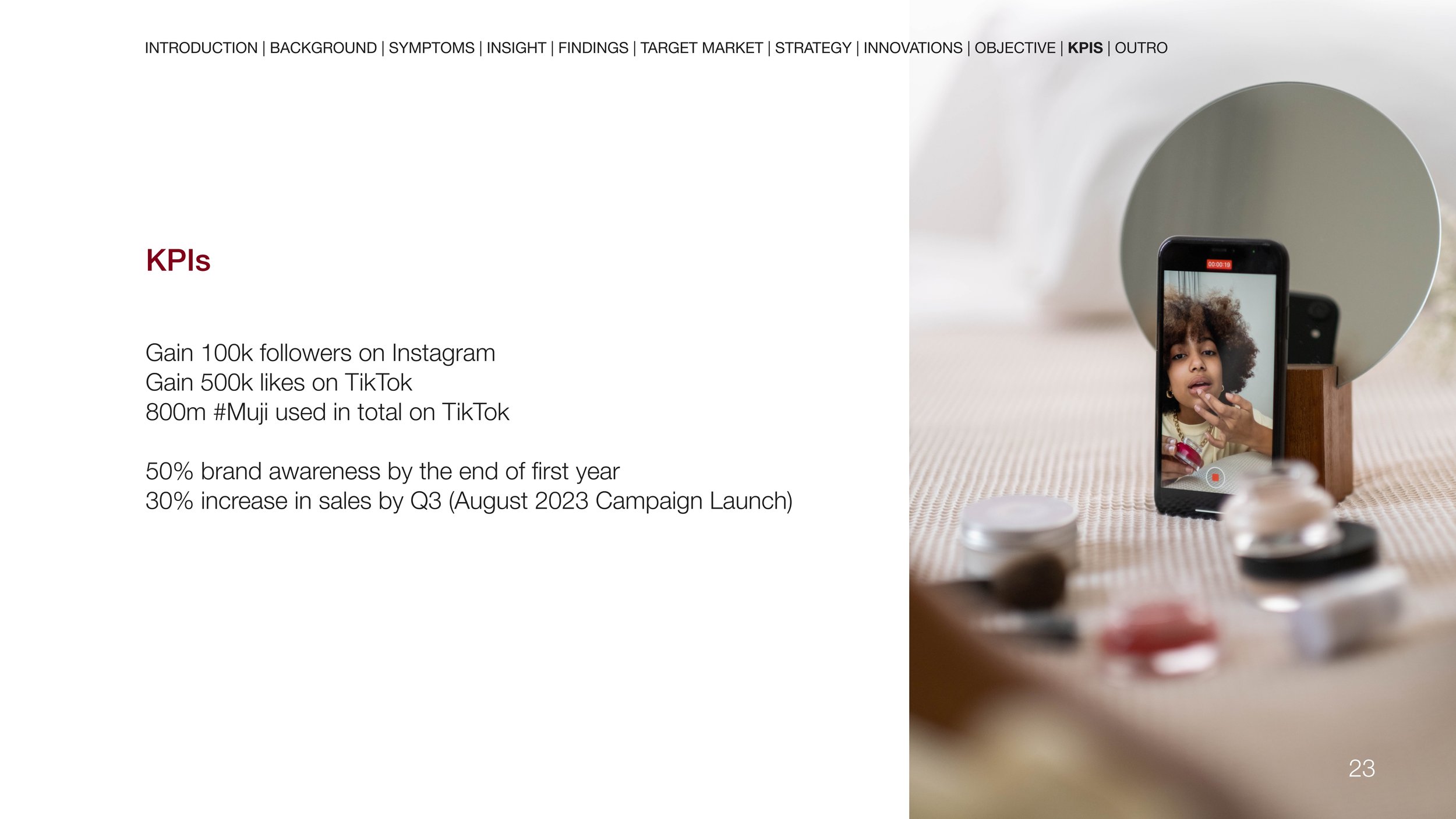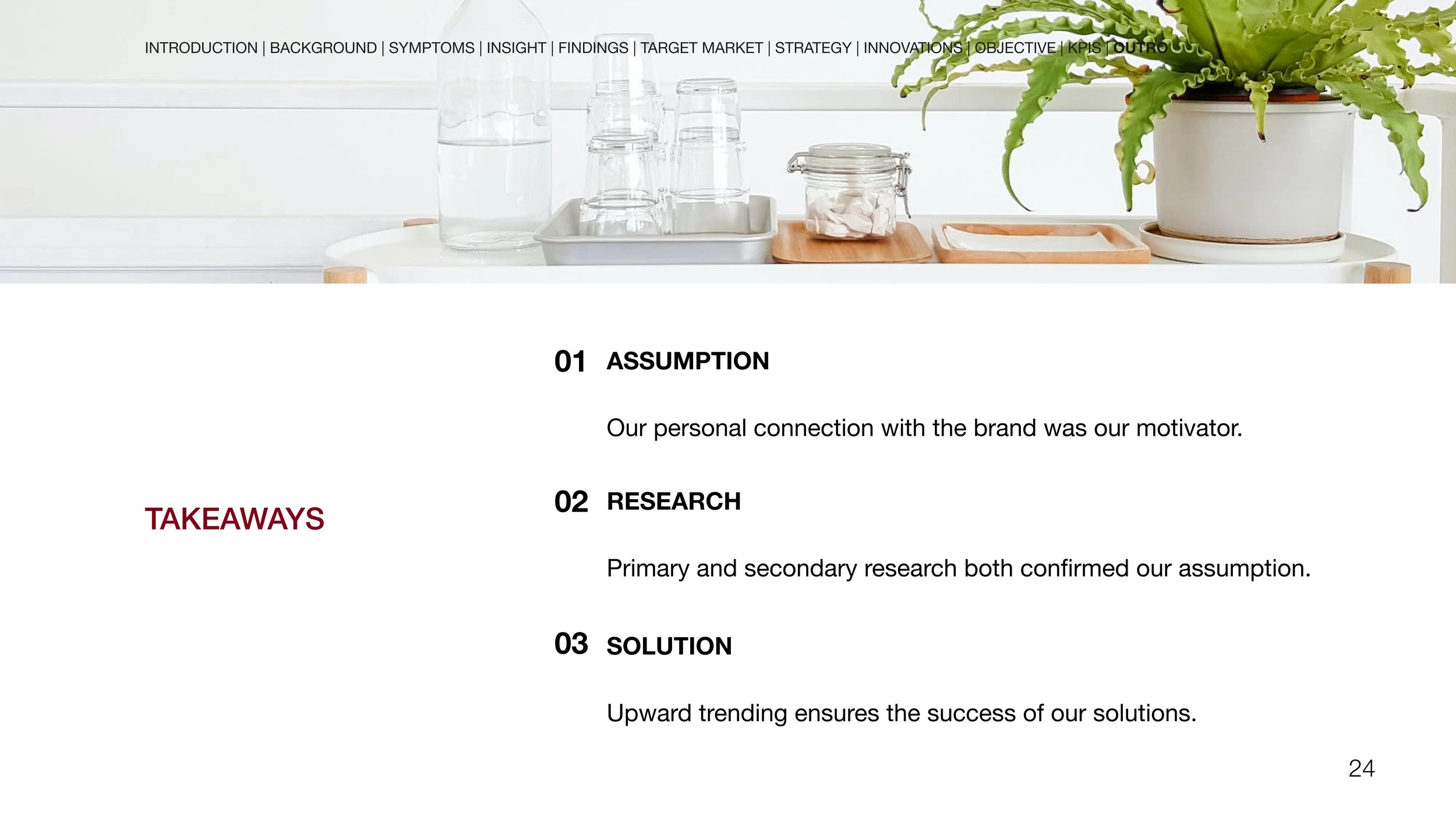BRAND STRATEGY PROJECT
MUJI
The fine line between boring and minimalistic.
MUJI is a Japanese retail company that sells a diverse range of household consumer items worldwide. Although the brand is highly demanded in its original launch location, its 19 stores in the United States are nearly extinct. Due to the pandemic, these stores have remained inactive since mid-March 2021. MUJI's ability to accurately forecast demand for its products is critical to the brand's future. Therefore, we aimed to identify the factors that hinder its success in Western markets.
As a team, we delved into market research to find the best strategy to rebrand MUJI to climb back to success.

CREATIVE BRIEF
CREATIVE BRIEF
PROJECT DECK
PROJECT DECK
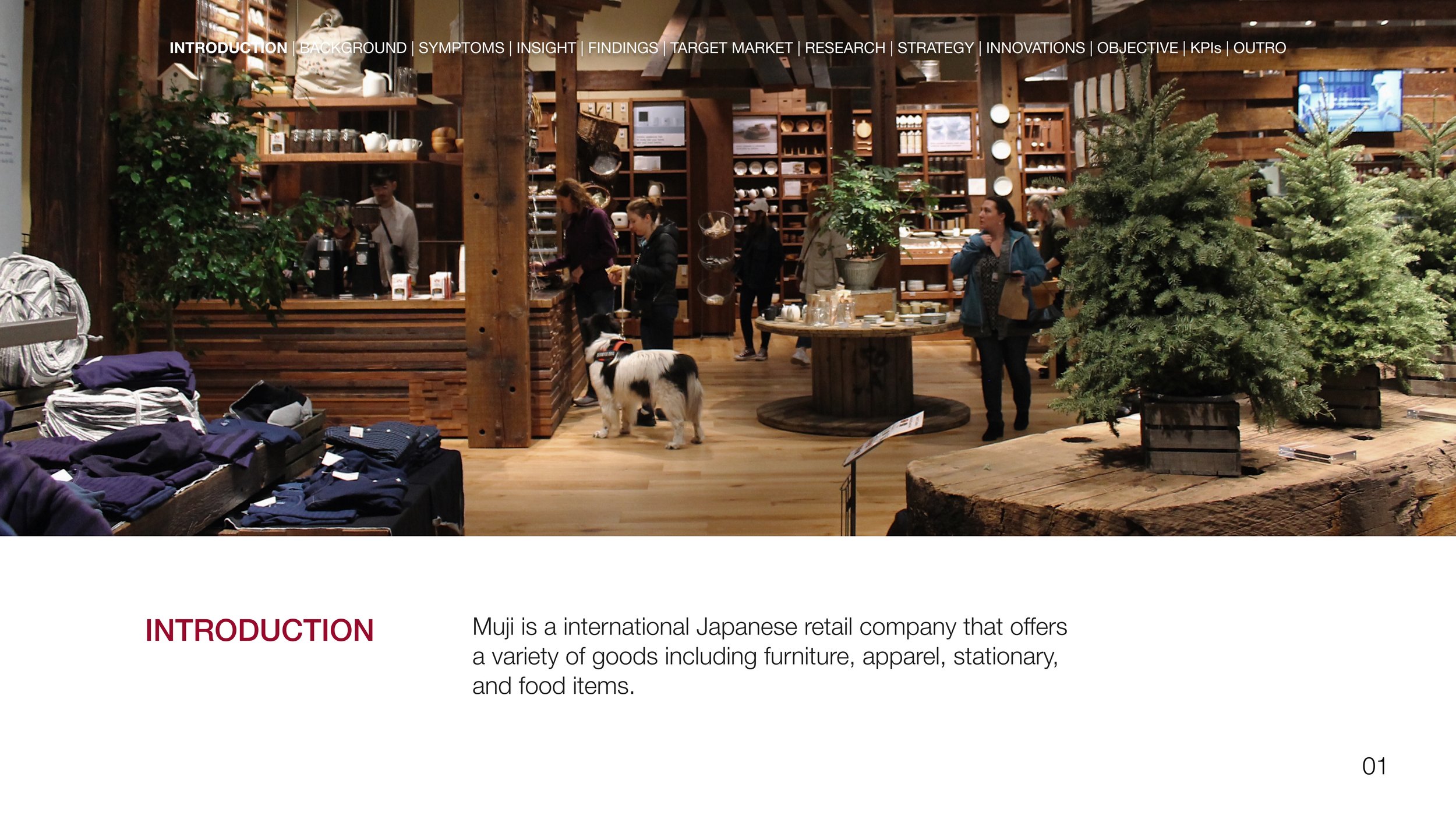
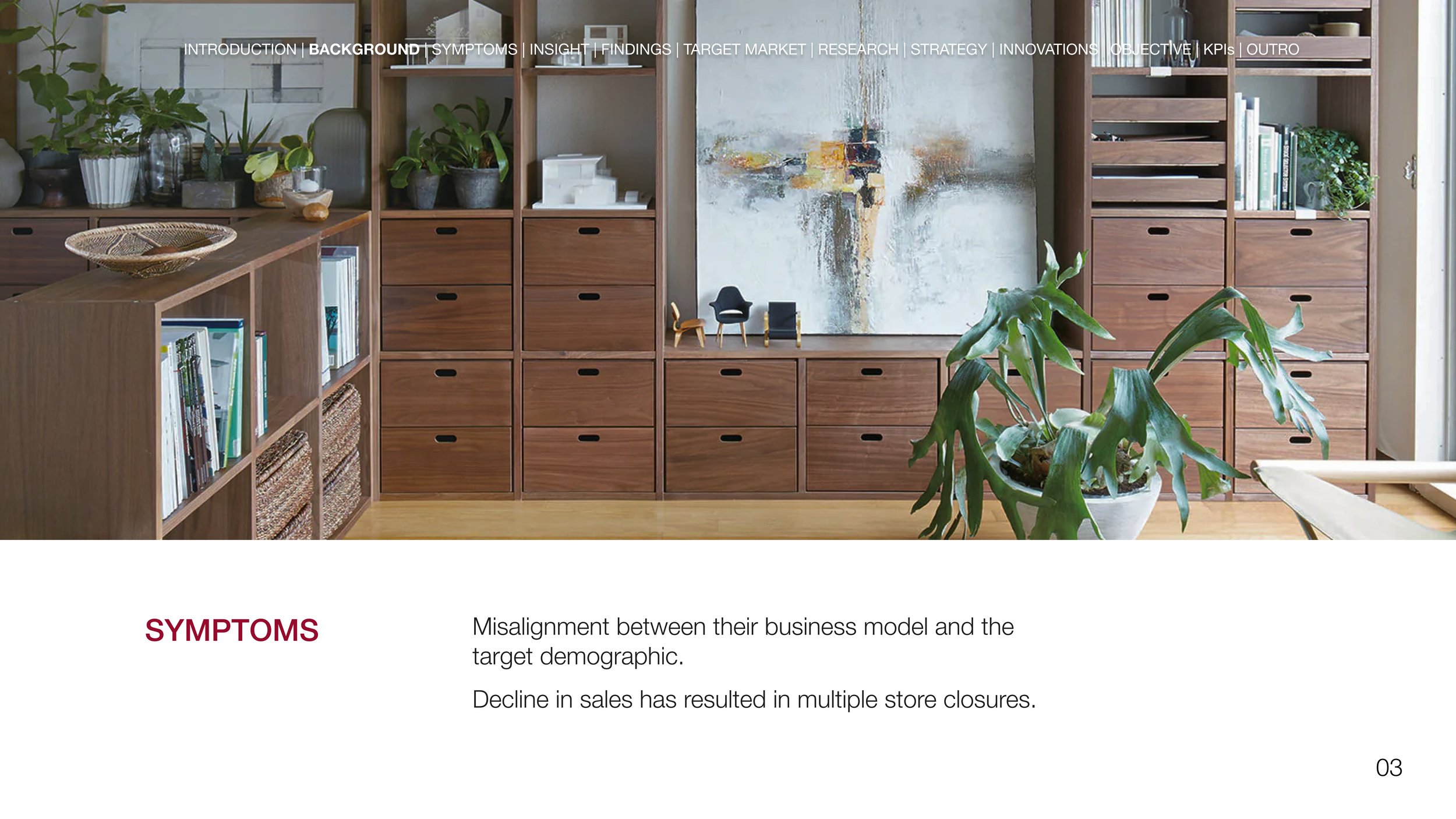
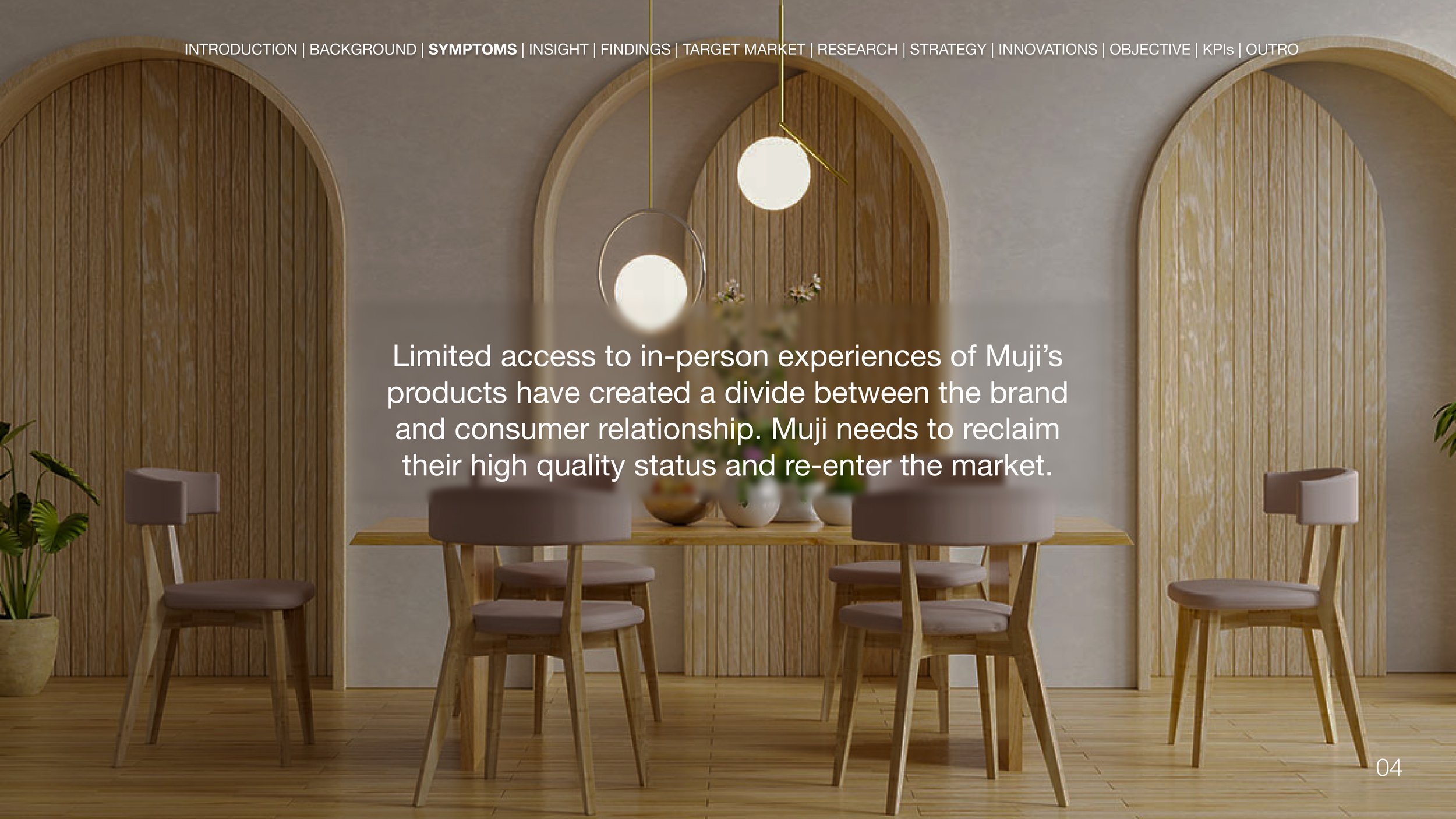
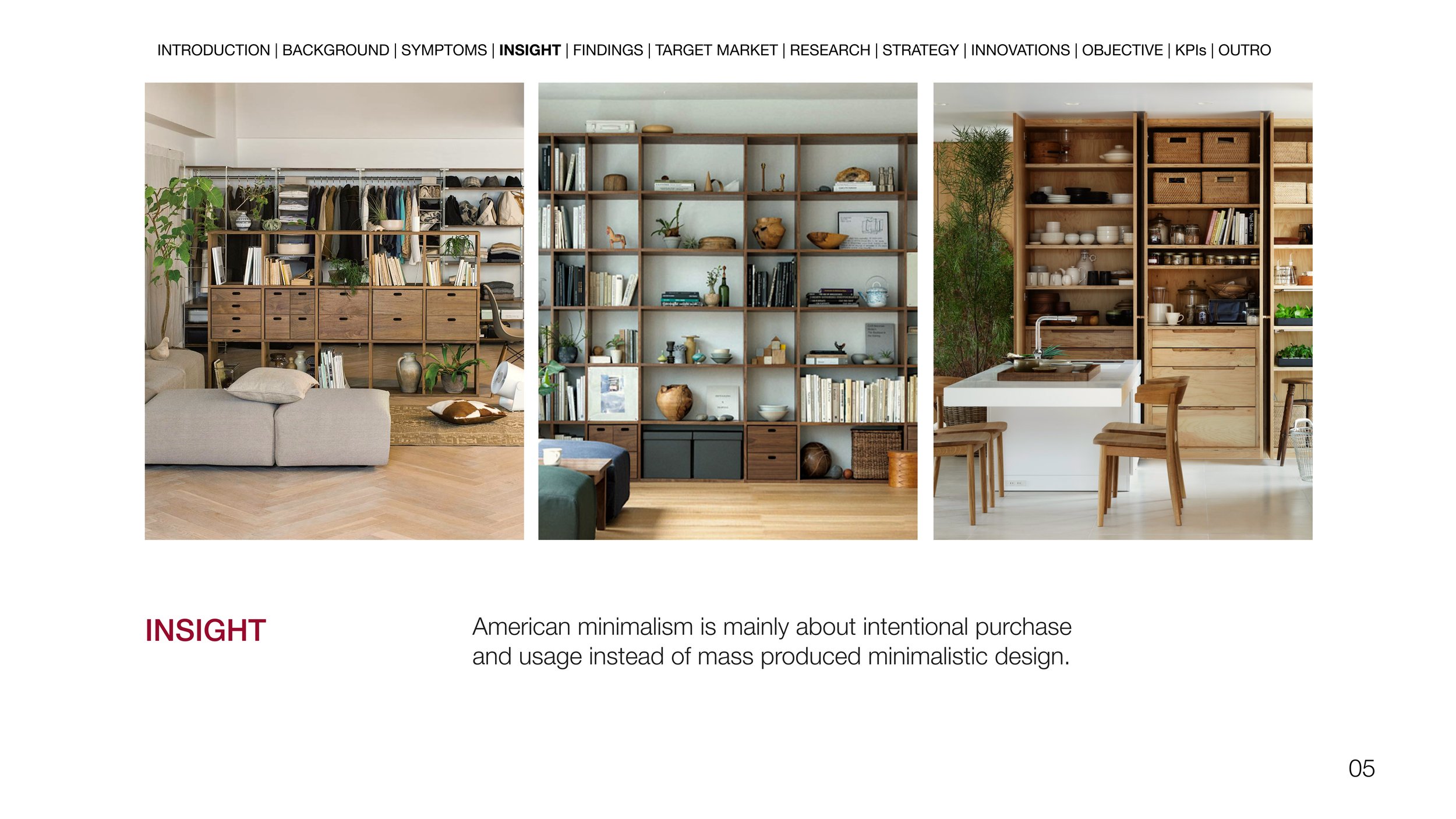
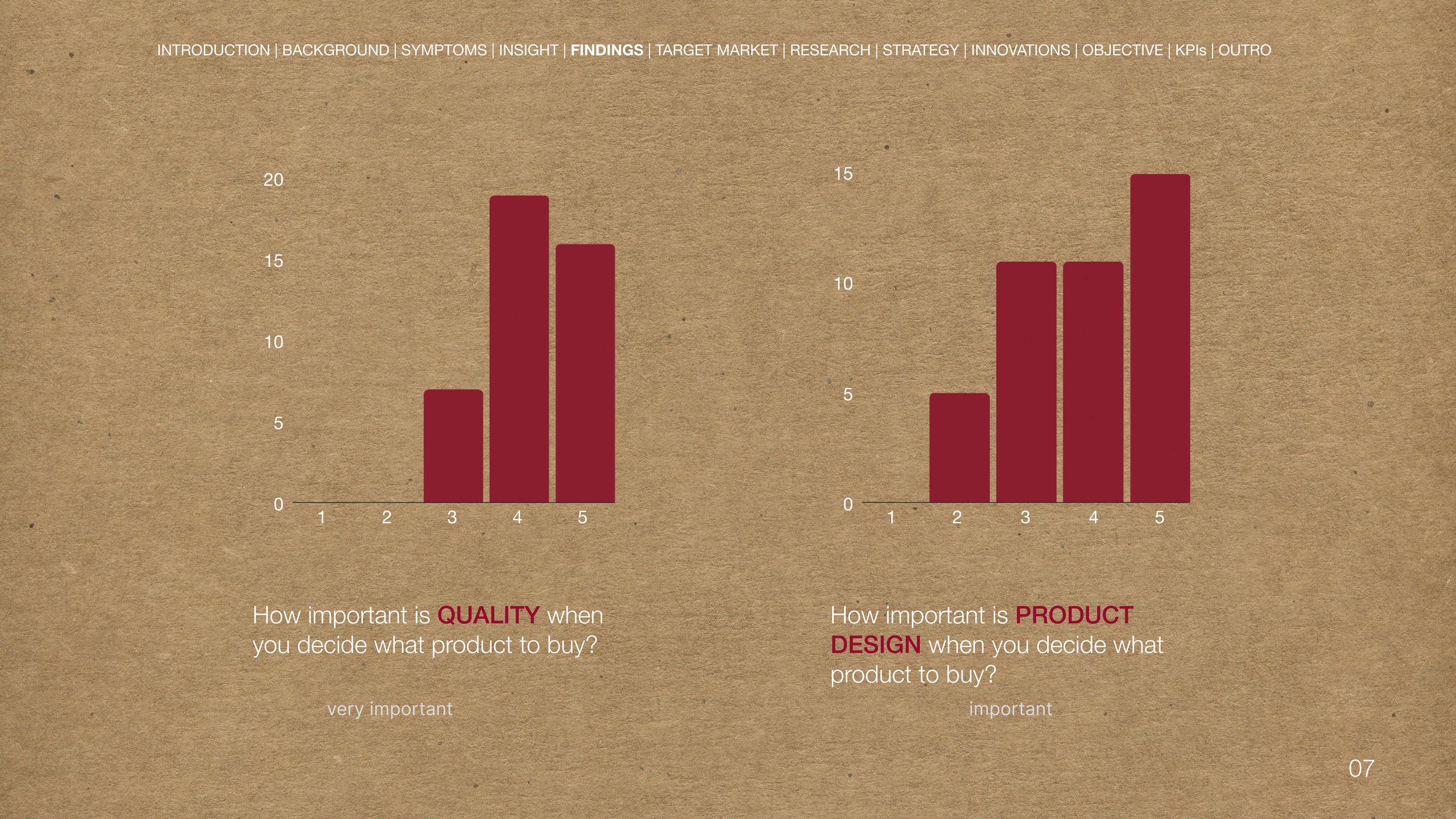
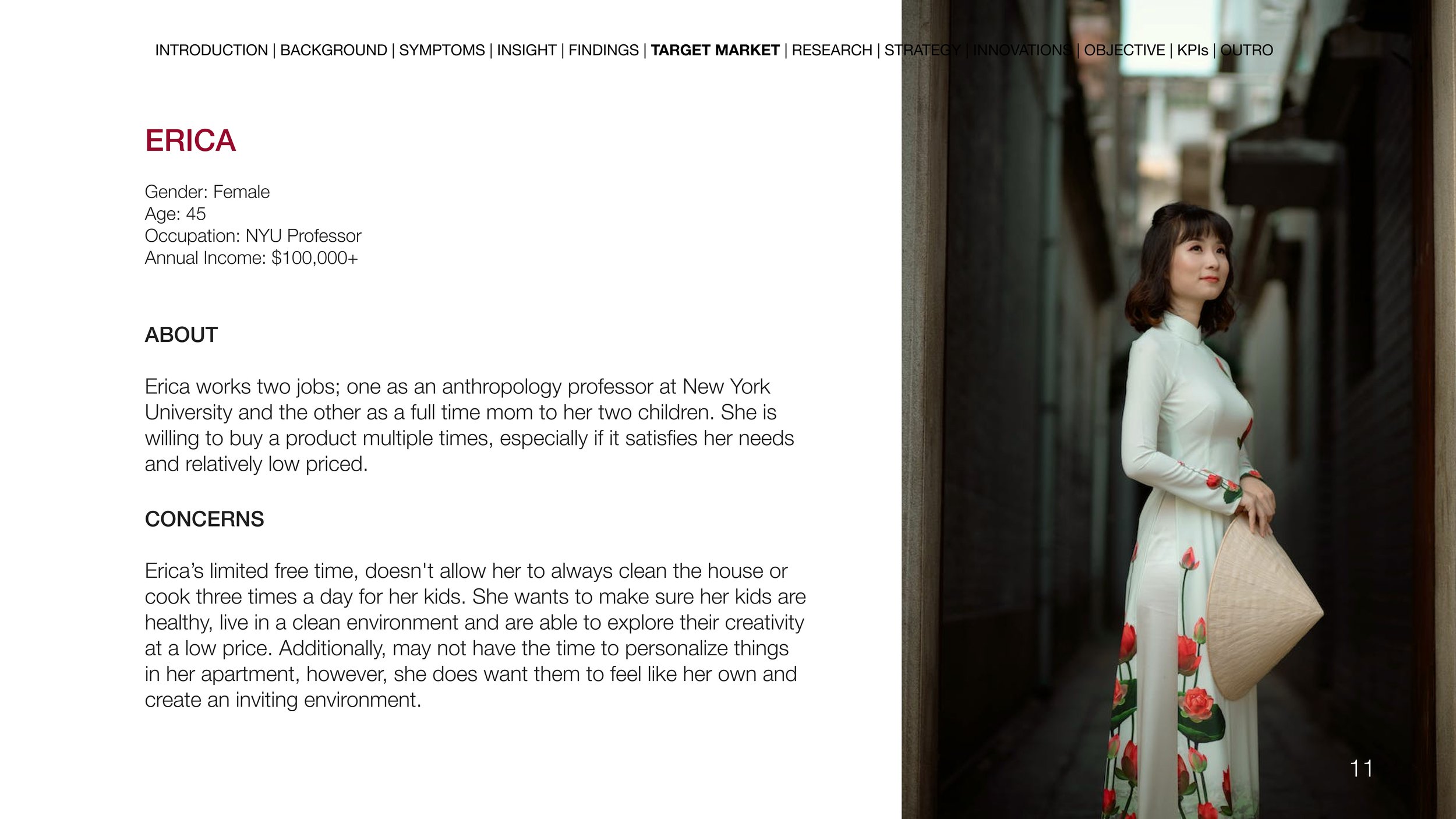
The Breakdown:
1. Brand Audit and Market Research
Besides our firsthand encounters with MUJI, we delved into supplementary research to evaluate the brand and its market standing. Our findings revealed that the "no brand, quality goods" brand persona of MUJI appealed to a rather niche audience, despite the practical design and comprehensive shopping experience they offer. Weaknesses were discernible across the entire marketing mix (4Ps), and our PEST analysis highlighted numerous external factors contributing to their setbacks.
2. Hypothesis
The brand audit aided us in crafting a hypothesis and directing our ongoing research. We found that there was a lack of customer and brand relationships as well as a misalignment of the target demographic and the business model which caused the lack of brand awareness.
3. Primary Research and Insights
To validate our hypothesis, we proceeded with primary research through a survey. Drawing from the survey results, we refined our insights. The findings indicated a strong demand for brands offering a diverse product range, yet the attractiveness of these products could be influenced by their design. American minimalism underscores the significance of purposeful purchasing and utilization, prioritizing intentional choices over the ubiquity of mass-produced minimalist designs.
4. Target Market and Trend Forecast
Guided by this insight, we defined our target market and delved into current trends to pinpoint the most effective strategic path. Market segmentation revealed commonalities among our target customers, aligning with prevailing trends in home decor and lifestyle. This highlighted the need for an enhanced communication strategy for MUJI, one that resonates with the distinct preferences of the US market.
5. Solutions
By bringing together the insights gathered throughout the process, we've established two main goals and suggested several ideas to reach them. Furthermore, we've outlined various Key Performance Indicators (KPIs) to keep an eye on the success of our strategic solution
